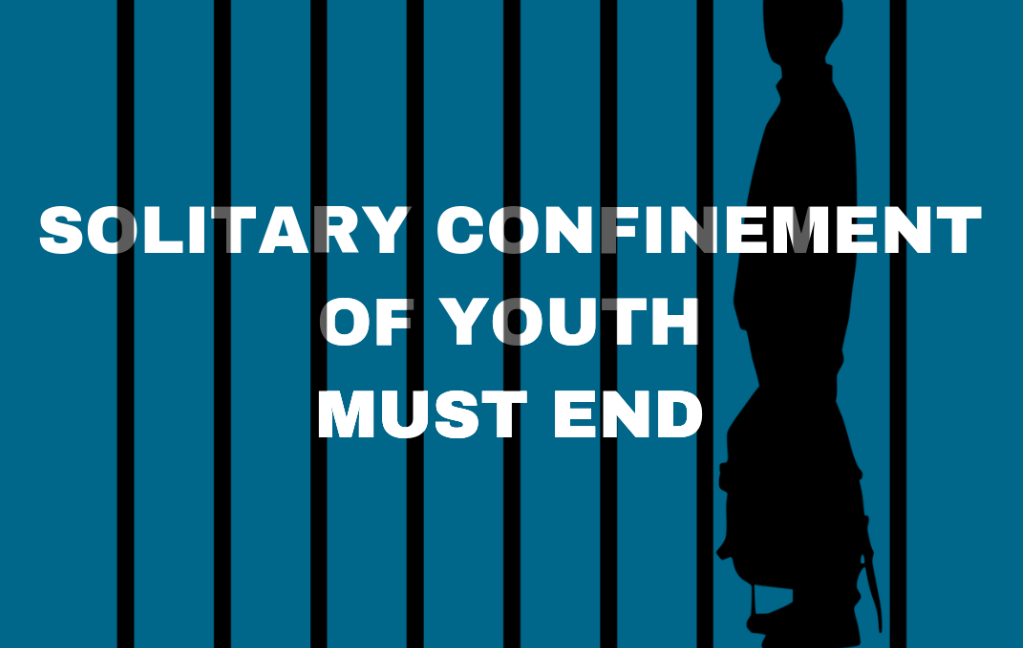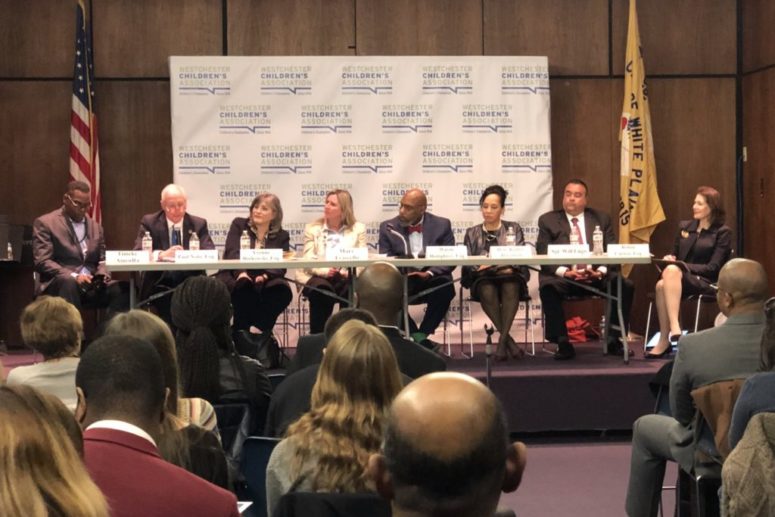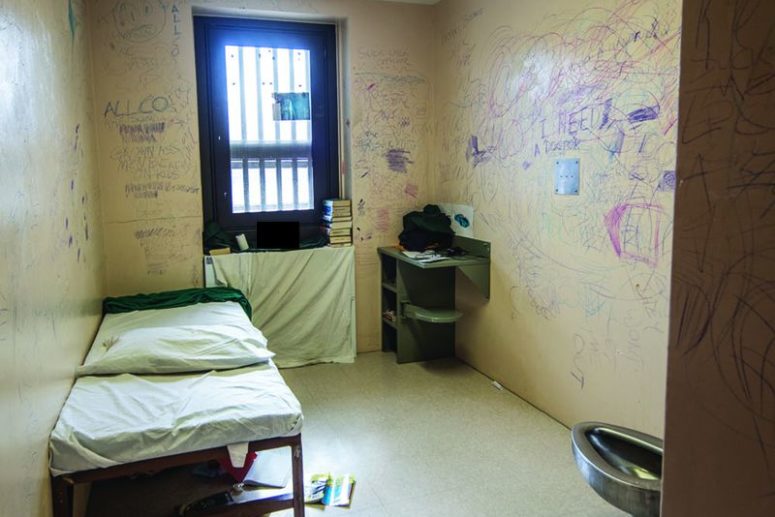June 21, 2019 –
Dear Governor Cuomo, Commissioners Loughren, Poole and Sullivan, and Attorney General James:
We write demanding an immediate end to the use of solitary confinement (also known as the Adolescent Offender Segregation Unit (AOSU)) in Adolescent Offender facilities for all youth, and call for Adolescent Offenders sentenced to incarceration under Raise the Age (RTA) to be placed in Office of Children and Family Services (OFCS) facilities rather than those operated by New York State Department of Corrections and Community Supervision (DOCCS). Current conditions within DOCCS-operated Adolescent Offender Facilities pose grave risks to youth who come to the justice system with significant vulnerabilities, including high rates of mental illness and cognitive deficits. Continuing to expose adolescents to these conditions is both intolerable and inconsistent with the purpose of RTA reforms.
A recent media report described the horrific experience of a severely mentally-ill seventeen-year-old boy who was subjected to confinement in the AOSU at the Hudson Correctional Facility, the DOCCS-operated Adolescent Offender facility established under RTA. He was moved to AOSU for “pretending to swallow his medication” where he remained for seven months. As a result of his placement, he “react[ed] with self-mutilating behavior, cutting himself on the arm.” During this period, “he was locked up in the cell for 24 hours straight with no reprieve.” A federal judge issued an emergency order demanding that he be removed from the AOSU at the Adolescent Offender facility last week, finding that “his severe isolation was a major factor in his deteriorating mental health.” The boy in DOCCS custody reported fear and anxiety, having panic attacks, wanting to hurt himself, and having trouble sleeping while in AOSU. While locked in his cell for 18 hours a day he wrote “I need a doctor” and “help me” on the walls of his cell.
While cruel and shocking, this child’s experience is also entirely predictable. Because brain development is underway, adolescents are more vulnerable than older adults to the negative effects of solitary confinement, including increased risk for: mental illness or worsened mental illness; anxiety; rage; insomnia; self-mutilation; suicidal thoughts; and suicide. In addition to the immediate harm inflicted, solitary confinement can impede brain development and affect longterm cognitive and social abilities. As a result of City regulations, and a settlement agreement pursuant to litigation, both of which rely on the consensus around the risks associated with the practice, youth through age 21 are prohibited from being placed in solitary confinement in NYC Department of Correction facilities. A report issued by the New York Advisory Committee to the U.S. Commission on Civil Rights affirms the threat that solitary confinement poses adolescents and young adults and calls for its prohibition for all young people up to age 25.
Despite the clear evidence of injury to youth, current policies and practices used by DOCCS in Adolescent Offender facilities include locking youth in cells for up to 18 hours per day, strapping youth to a chair bolted to the floor for three hours per day, and restricting recreation to a concrete yard alone. These policies include no limits, apparently, and can be extended indefinitely based on “misbehavior.”
In contrast, OCFS facilities that currently routinely house adjudicated 16 and 17-year-olds do not permit solitary confinement or prolonged isolation of youth. Moreover, RTA Specialized Secure Detention (SSD) facilities, where Adolescent Offenders are incarcerated pre-trial, prohibit solitary confinement and segregation units like AOSU, allowing only for highly limited room confinement “with the goal of releasing the youth from confinement as soon as possible,” and which cannot be used for punitive purposes. In SSD, Adolescent Offenders are not permitted to be attached to furniture, as they are in DOCCS AO facilities.
What this seventeen-year-old boy’s story highlights is how inappropriate DOCCS facilities are for adolescents. We should not accept a system where youth who are adjudicated in the youth part of criminal court are subject to conditions of confinement that our State finds intolerable for adolescents the same age who are adjudicated in family court. Experts in youth mental health and corrections have rejected isolation and solitary confinement as a response to adolescent behavior, including mental illness, in facilities. We call on you to end this practice in Adolescent Offender facilities for all youth. We also renew our call for Adolescent Offenders sentenced to incarceration to be served within the system of care best-suited to meet their needs: our existing secure placements.
We would welcome the opportunity to discuss this issue, in light of the pressing safety concerns raised herein.
Sincerely,
Families Together in New York State
Children’s Defense Fund-New York
Citizens’ Committee for Children of New York, Inc. The Legal Aid Society


